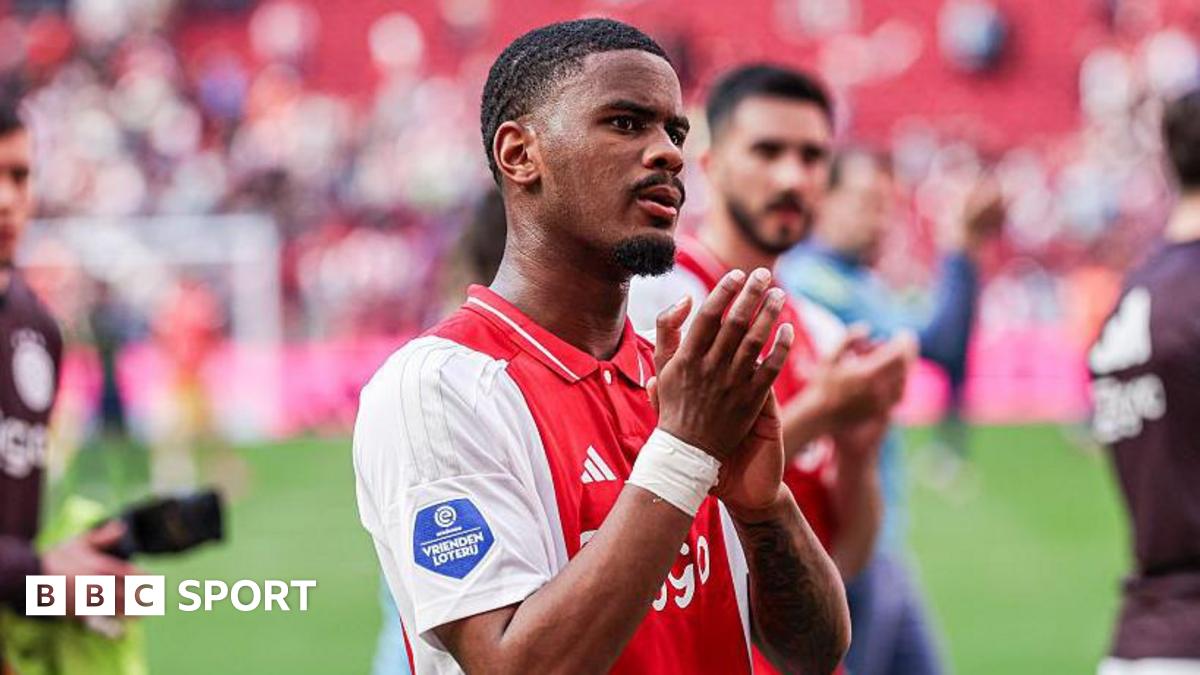
Chelsea's reported agreement to sign Ajax defender Jorrel Hato for £37m raises critical questions about the club's long-term strategy and market value assessment. Is this a shrewd investment in a promising talent, or a reflection of the inflated prices dominating the modern transfer market? The seven-year contract offered to the 19-year-old signals a clear intention to build around Hato, but does his current market value align with Chelsea's perceived need and the overall competitive landscape?
From a historical perspective, Chelsea's recent transfer activity reveals a pattern of investing heavily in youth. The signings of Jamie Gittens (£48m), Joao Pedro (£55m), and several other players under the age of 20 demonstrate a commitment to nurturing talent. This approach mirrors, to some extent, Arsenal's strategy under Arsene Wenger in the late 1990s and early 2000s, where young, relatively unknown players were developed into world-class stars. However, the key difference lies in the transfer fees involved. Wenger's signings, while groundbreaking at the time, were significantly less expensive, highlighting the dramatic inflation in player values over the past two decades. This begs the question: is Chelsea overpaying for potential, or securing a future asset at a premium?
Analyzing Hato's market value requires considering Ajax's financial position. The article explicitly states Ajax's need to raise funds due to a Champions League hiatus. This situation creates a power imbalance, potentially allowing Chelsea to negotiate a more favorable deal. However, the reported £37m fee suggests Ajax held firm, indicating a perceived intrinsic value in the player. Hato's 75 appearances for Ajax and senior international debut further bolster his market standing. His ability to play both left-back and center-back adds versatility, a highly valued attribute in modern football. This is similar to how Bayern Munich have consistently valued players capable of operating in multiple positions, maximizing squad depth and tactical flexibility.
Tactically, Hato's arrival could signal a shift in Chelsea's defensive approach. His youth and potential suggest a willingness to mold him into a specific role within Enzo Maresca's system. Will he be deployed as a ball-playing center-back in the mold of John Stones at Manchester City, or utilized as an attacking full-back to provide width and creativity? The answer to this question will dictate his long-term value to the club. The fact that Chelsea are still pursuing another attacker suggests that goals are the priority and this is a signal of the club moving to a more attacking team that will rely on being better at scoring than defending.
Chelsea's ability to integrate him into the team, develop his potential, and manage expectations will be crucial. Comparing this situation to other high-profile defensive signings, such as Virgil van Dijk's move to Liverpool, provides a valuable benchmark. Van Dijk's immediate impact transformed Liverpool's defense and propelled them to title contention. While it's unrealistic to expect the same from Hato, Chelsea will undoubtedly hope he can provide similar stability and leadership at the back. However, given the historical financial context of modern transfers, Chelsea are probably paying more for the player's potential than his proven ability.
0 comments:
Post a Comment